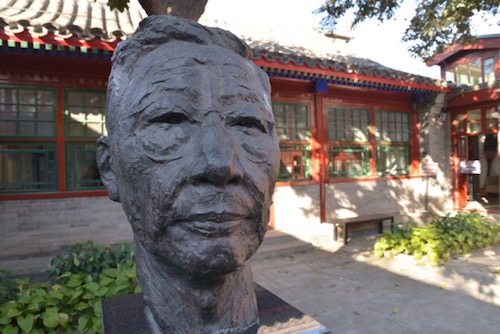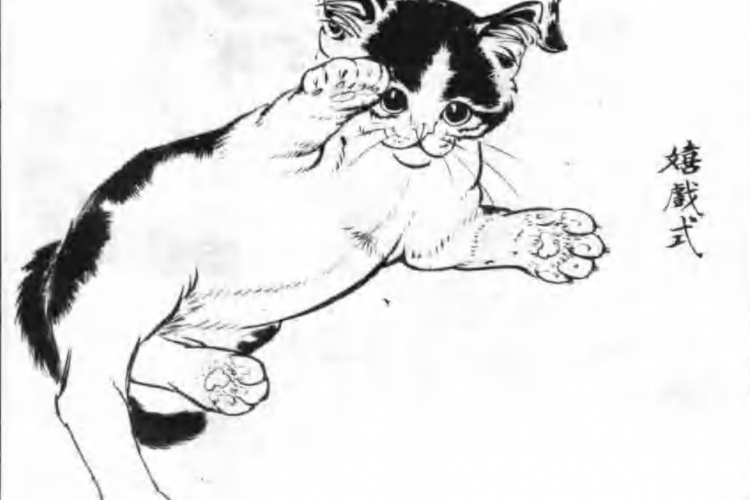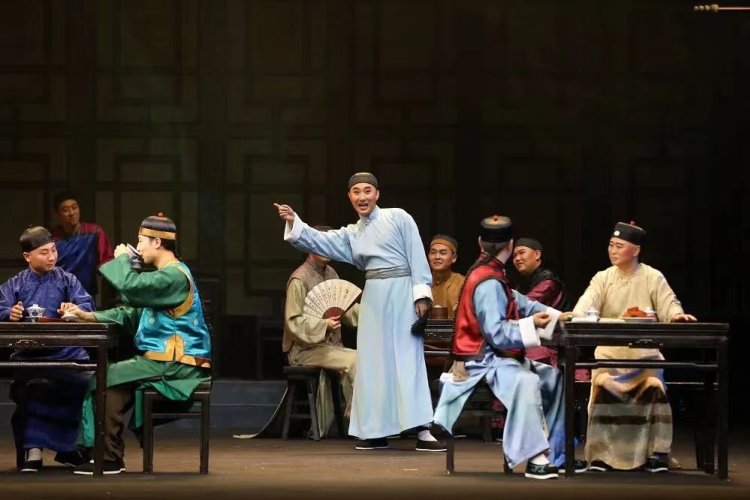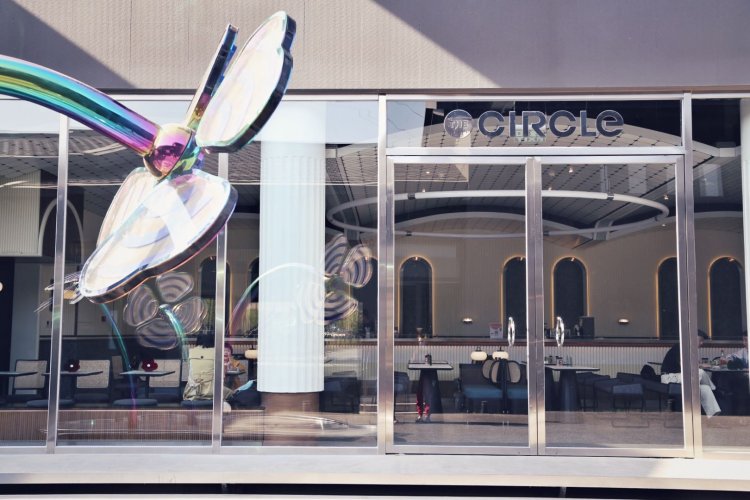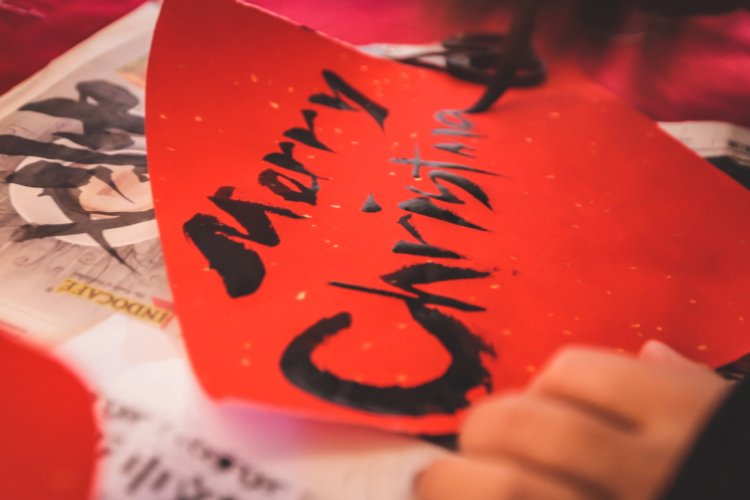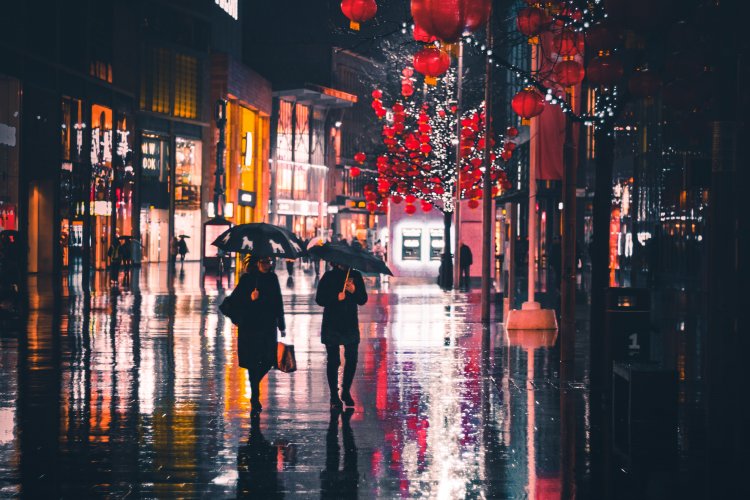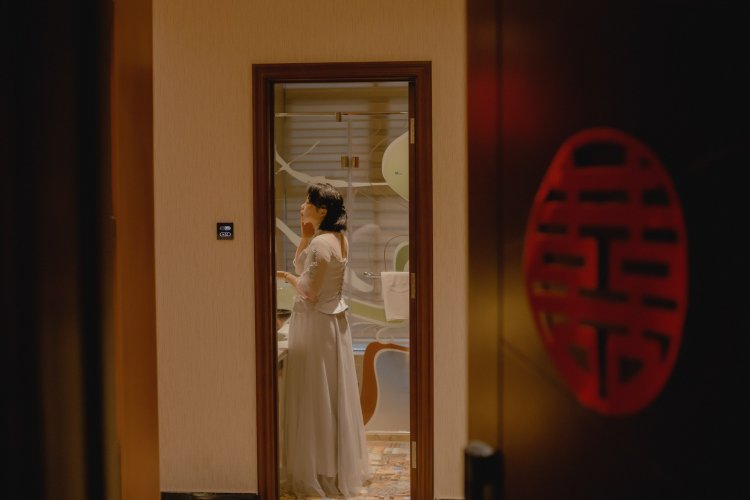Beijing Bucket List: Lao She Museum
In a tiny hutong north of Wangfujing lies the former residence of one of Beijing's most beloved literary figures of the 20th century. The modern cult of playwright, novelist, and satirist Lao She (1899-1966) belies his mysterious suicide after being persecuted by the Red Guards. The preserved courtyard home at 19 Fengfu Hutong was where the writer and his wife, painter Hu Xieqing, raised their four children.
I first heard about the Lao She Museum through Nelly Alix of Beijing by Heart, an independent tour operator whose Literary Revolution Tour stops at the former residence. A couple of weeks ago, I finally stopped by to have a peek.
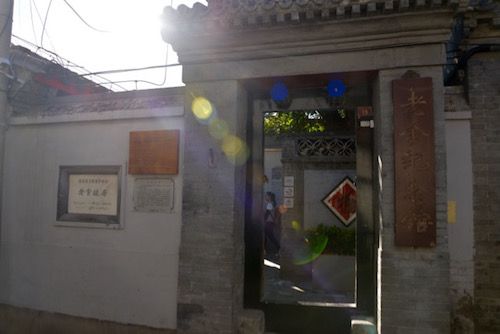

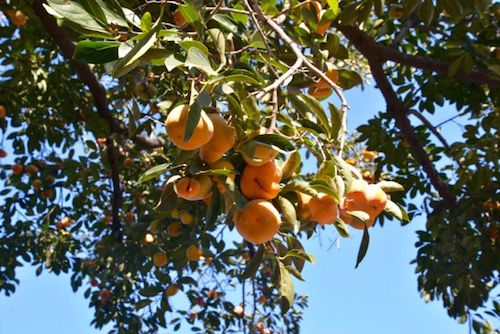
Heading south on Wangfujing Dajie, we turned right on Dengshikou Xidajie and right again on Fengfu Hutong. The entrance to the Lao She Museum would've been easy to miss if not for the identifying plaques.
Upon entering the courtyard, the most striking feature was the pair of persimmon trees that Lao She planted in 1954, prompting his wife to name the residence "Red Persimmon Courtyard" (丹柿小院, danshi xiaoyuan). The trees still flourish today, bearing fruit every fall.
Because most of the displays are in Chinese, it helps to know a bit about Lao She's life and work before visiting.
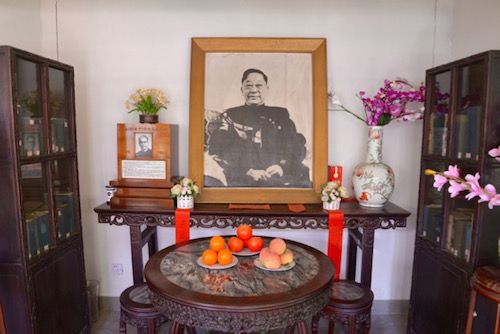
Lao She was born Shu Qingchun in 1899 to an impoverished Manchu family in Beijing. When the writer was still a baby, his father – who was a soldier – died in battle with foreign forces during the Boxer Rebellion.
Despite his family often lacking enough money to send him to school, Lao She was admitted to Beijing Normal University and graduated at the age of 19. He taught for several years at different elementary and secondary schools in Beijing and Tianjin.
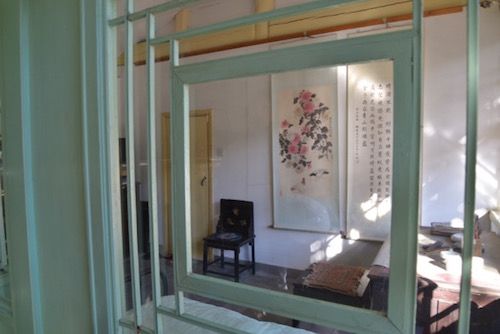
In 1919, the populist May Fourth Movement cemented his decision to become a writer and document the struggles of a nation emerging from the plague of imperialism.
From 1924 to 1929, Lao She lectured at what is now the School of Oriental and African Studies in London. During this time, he discovered the writing of Charles Dickens, whose style directly influenced Lao She's first novel, The Philosophy of Lao Zhang (1926).
The museum contains a picture of a blue commemorative plaque outside the house in St. James' Gardens where Lao She lived from 1925-1928.
Lao She would go on to teach in Singapore and Qingdao from 1930-1937. In 1936, he published one of his most famous works: Camel Xiangzi (骆驼祥子, luotuo xiangzi), also known as Rickshaw Boy.
By then, he had established a reputation for creating satirical works that made vivid use of Beijing vernacular – the everyday language of the people. The prescient Cat Country (1932) was a thinly-veiled science fiction satire that still resonates today. The book was re-released in English two years ago as part of Penguin China's Modern Classics series.
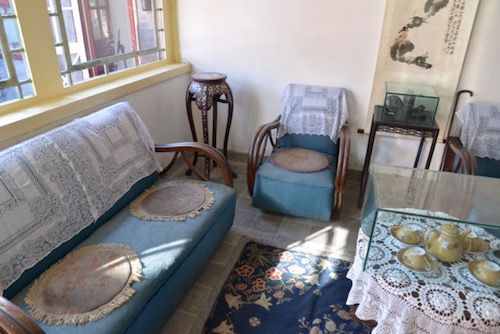
From 1946-1947, Lao She visited the US on a cultural grant sponsored by the State Department to lecture and oversee the translation of several of his novels.
In 1950, he and Hu Xieqing (whom he married in 1931) moved into the house on Fengfu Hutong. According to a plaque, all of Lao She's works from 1950-1966 were written here.
The modest displays bring together old photographs, newspaper clippings, literary journals, and early editions of the author's books to tell the story of Lao She's life. The calendar in the author's study is still open to August 24, 1966, the day of his death.
That morning, Lao She was ordered to report to the Beijing Writers' Association with a sign identifying him as an "active counter-revolutionary." The day before, he had been rounded up with other intellectuals and brought to the Confucius Temple for a struggle session in which he and 28 other people were made to kneel in front of a bonfire for three hours and then beaten.
Instead of reporting for duty, Lao She walked to Beijing's Taiping Lake (which no longer exists) and either drowned himself right away or hesitated for a day before committing the final act, according to different sources.
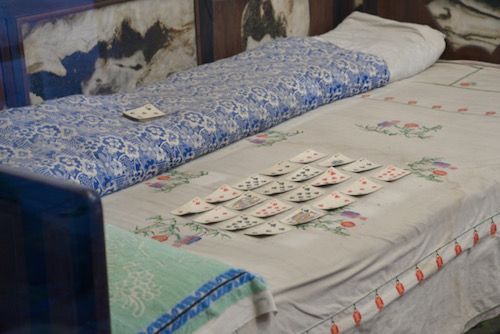
Lao She's death remains a sensitive topic, especially given his public rehabilitation as "the people's writer" after the Cultural Revolution. In 2013, Midnight in Peking author Paul French wrote a scathing essay for the LA Review of Books arguing that Lao She should've received the Nobel Prize for Literature:
A prize just might have also allowed Lao She to avoid the final controlling gesture he ultimately chose. Surely his suicide by drowning was uncharacteristic of both the writer and his creations, but was characteristic of being on the wrong side of history at a time of madness.
Apart from an old black and white picture of Taiping Lake and the date of Lao She's death, the museum makes little mention of the author's untimely end.
The Beijing Bucket List documents Sijia Chen's attempts to see as many Beijing landmarks and historic sites as possible before her anticipated departure in the summer of 2016. Click here for the first post on the Poly Art Museum. This post first appeared on our sister site beijingkids.
Photos: Sijia Chen
Related stories :
Comments
New comments are displayed first.Comments
![]() PatrickLi
Submitted by Guest on Sat, 11/07/2015 - 21:58 Permalink
PatrickLi
Submitted by Guest on Sat, 11/07/2015 - 21:58 Permalink
Re: The Beijing Bucket List: Lao She Museum
There were two end-of-the-semester textbook sales when I was in college.
I went to the first one with my used Luotuo Xiangzi, required for Intro to Chinese Literature, but the book was denied after they scanned it.
Then I went to the second fair. They scanned it again, and told me the system shows 0.25 dollars. I said that's okay, so they handed me a quarter and the receipt.
Validate your mobile phone number to post comments.

